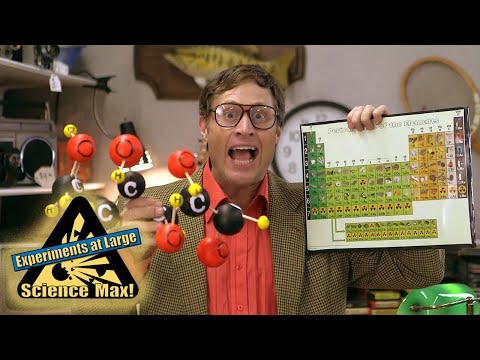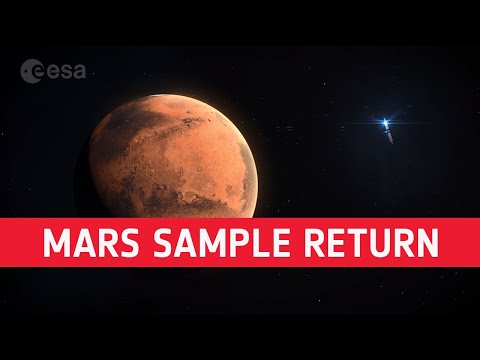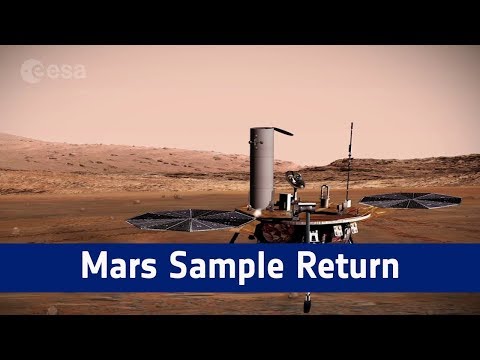Exposed: scenes from a spacewalk
As part of ESA’s Expose-R2 project, 46 species of bacteria, fungi and arthropods were delivered by a Progress supply ship to the International Space Station in July 2014. Spacewalking cosmonauts Alexander Skvortsov and Oleg Artemyev attached the package to the outside of the Zvezda module on 18 August 2014, where it stayed until it was retrieved 18 months later.
This ‘Expose-R2’ is a miniature photochemistry laboratory that exposes samples to the harsh environment of space. Subjected to the full blast of the Sun’s energy as well as vacuum, radiation and temperature swings, they are helping researchers investigating how chemicals and microbiological life react to unprotected spaceflight – on a comet, for example. Previous Expose experiments have already shown that ‘water bears’ and a species of lichen can survive a trip into space.
This video shows scenes from a spacewalk with cosmonauts Gennadi Padalka and Mikhail Kornienko who were asked to photograph the Expose-R2 facility half-way through its stay in space, 10 August 2015 – the samples had travelled around the world more than 8500 times by then.
Expose-R2 was returned inside the International Space Station Station by Yuri Malenchenko and Sergei Volkov during a spacewalk on 3 February 2016 and stored ahead of return to Earth. The samples were held in sealed compartments and covered to block out all light.
The vacuum of space is sucking out the water, oxygen and other gases in the samples. Their temperature can drop to –12°C as the Station passes through Earth’s shadow, rising to 40°C at other times, and undergoing a similar process to the freeze-drying used to preserve foods.
The Expose series of experiments are exploring the limits of terrestrial life, whether the organisms can survive in space and how the full blast of solar radiation is affecting accompanying chemicals.
Earth is protected from the Sun’s full radiation by our atmosphere filtering out the hard-hitting short wavelengths that are damaging to life. It is difficult to recreate on the ground the full spectrum of the Sun’s light so these experiments in space are the only way to test how biological and material samples behave in conditions beyond Earth.
ESA has a long history of testing organisms and organic chemicals in the harsh environment of space. Previous experiments revealed that lichens and water bears can survive spaceflight unprotected, hinting at the possibility of species colonising planets via meteoroids.
★ Subscribe: http://bit.ly/ESAsubscribe





I wonder if they get used to being there like it’s every day or have a near heart attack seeing the earth like that
So the mic is open all the time?
the background showing the glory of earth as seen from space, a beautifull image, that few have to chance to witness with their own eyes…
but people in comments:
"sOuNd. NoT DoInG AnyThInG"
Is it just me or does space look odd
Why is there noise in space ??? Where is all the land on earth ? No stars ??
You can't move that quickly under water.
Shouldn't they be worried about those massive pieces of debris flying around? Couldn't just one of those hitting the space station completely destroy it?
Why gravity pulls the people but not the station they working on hmm
The earth is not moving lol
I dont see why this would be fake, can anybody explain what exactly is fake about this?
Not a single asteroid or star ,how boring . l hope they have at least free Netflix
Just adjusting the space clips?
This is me at work related things these days. Unable to concentrate, start or finish anything. Useless to society
Why do they all use a fish eye camera lense the same one that make earth looks round?????